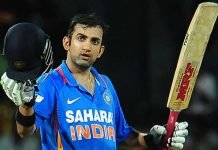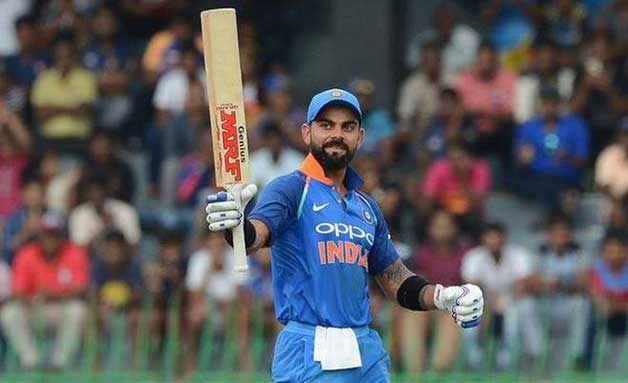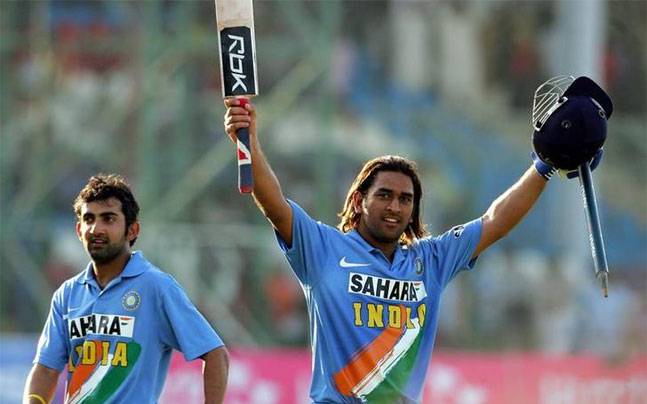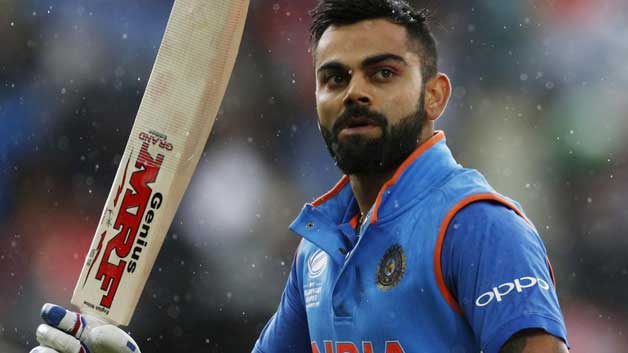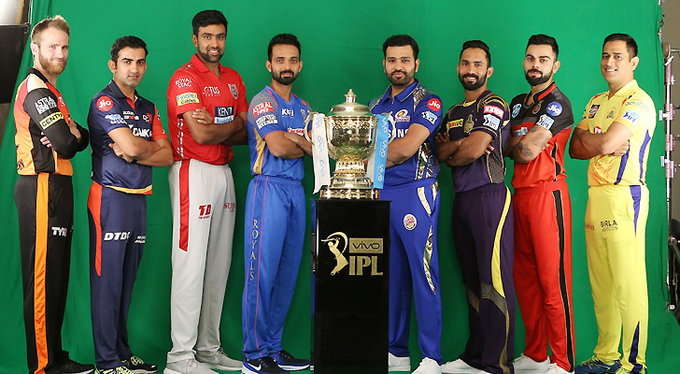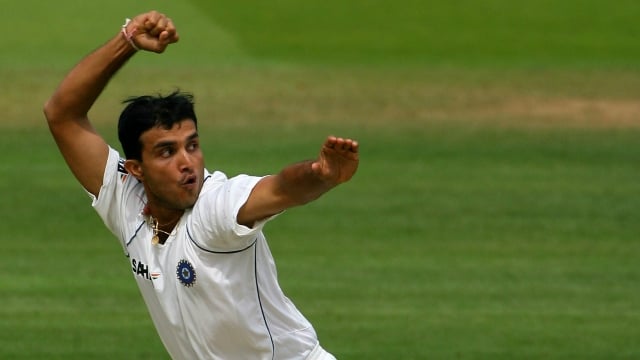With the World T-20 round the corner, T-20 cricket has evolved beyond the threshold of human imagination. Though, the format has helped increase the spectatorship of the game, few more aspects are accredited to this format and them being, the upliftment of the fielding standards, explosive fielding and smashing batsmanship marginalisation of at par bowlers. A look across the horizon of the game, and we will find that it is hugely unbalanced in it’s very nature. Bowler has been marginalised to extinction and batsman has emerged as the entertaining aspect. The format has served surpassed all expectation.
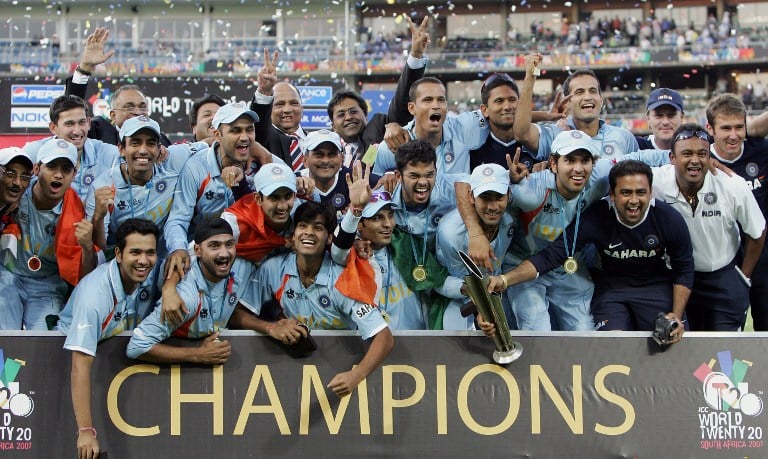

Necessity is the mother of invention, and so it happened; With the falling number of spectators in stadiums and sponsorships going down, the English Cricket Board was searching not only for answers but for something more spectator friendly. So, this man, Stuart Robertson came up with the idea of 20 overs per side. The then county chairmen voted 11-7 in it’s favour. Thus was the inception of Twenty20 cricket. The first match was played on July 13, 2003! Ofcourse like every other invention it was done, re done and finalised. For instance the very first English domestic T20 tournament went from Twenty20 Cup (2003-09) to Friends Life T20 (2010-13) to finally NatWest T20 Blast (2014).Pakistan started with Haier T20 League (04-05), restarted in February 2016 and goes by the name of Pakistan Super League, which . Then came the big boys toys, Indian Premier League (IPL) in 2008 and shook the cricketing world by its roots. Caribbean Twenty20 (2010-13), later renamed as the Caribbean Premier League (2013). The Sri Lanka Premier League replaced the Inter-Provincial Twenty20 in 2012.
[xyz-ihs snippet=”Adsense-720×90″]
Internationally it all started with, Australia and New Zealand facing each other in a light hearted match, at Eden Park, Auckland on Feb 17, 2005. Other teams followed the lead. England, South Africa, West Indies and so on and so forth. Another interesting observation made by many journalists and veterans is that with the inclusion of the format by the ICC and making a World Cup event for it, the ‘Test playing nation’ the long sought after dream, is now less of a concer of the associate nations.
It’ a big history to consume in one article, so cutting short on history, lets look how the game has evolved since the inception of this format. As everyone says, this format has raised the bar. Higher adaptability skills, more strength, increased agility in the field and immense amount of energy have become the core needs of the game. It has become a game which needs to played with smartness.
BATSMEN
From the viewpoint of batsmen, advent of this format has forced them to do power training for converting the good balls into run scoring deliveries. With more quick bowlers getting into the 140 km/h club, the batsmen now have less time to react and thus they needed to developed new shots to counter the pace or use it to their benefit. Shots like Dilscoop,
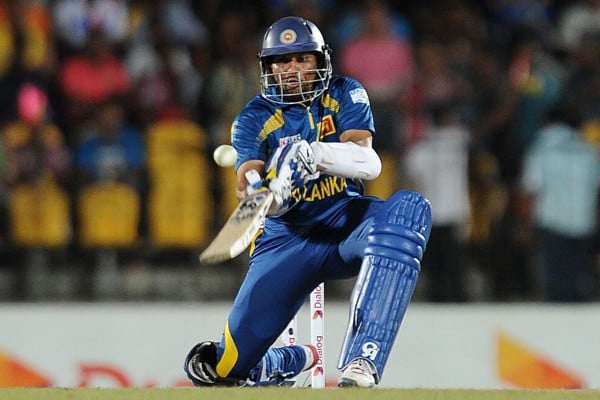
Uppercut, Marillier Shot (the ball travels behind the wicket keeper and not towards fine leg) and Switch Hit have arisen due to the needs. In a format tailor made for hitting, everyone forgets the importance of rotating the strike. In most of the matches the side which ends up loosing is the one which has maximum dot ball percentage. This was recently proven by UAE side playing in the Asia Cup 2016. It has forced the batsmen to be positive in their approach, and hammer the bowler for boundaries from the very first ball. It has led to batsmen using their crease to full extent, using the depths for playing the ball late than ever, and stepping down to spinners and even faster bowlers now! It’s no new scene now for a fast bowler to have the batsman half way down the pitch when he is delivering the ball!
BOWLER

As it is cricket is called the batsman’s game, now it has become super aggressive form of cricket where bowlers are being hit mercilessly, to the point of extinction. More than once, it looked the bowler was non existent, he was just some random guy throwing the ball towards batsman with fierce pace and getting it back at even fiercer speed. The margin error in bowling has reduced to the size of an atom. At times, it is inconsequential whether the ball is Yorker or half volley, it is deposited into the stands! Bowlers have also quickly adapted and started to deliver special deliveries like back of hand slower ones, slow bouncers, carom ball and more! But with so many variation, it is important to keep in mind that if one continues to ball many variations, in one over it becomes a regular shift over for batsmen. It sis important to hit the lines and lengths of Test cricket. The error of corridor still pertains problems for the likes of Virat Kohli and AB Devilliers. With new shots on the cards, death bowling has become an area of expertise. But still, if you loose line or length you become a burden on the team. For instance look at Bhuvneshwar Kumar, he came in limelight for his scissor sharp swing in 2014 tour of England, but since he started to go for the extra mile in his pace, he lost his swing and control over the ball. Though, one cannot blame only him, he did what was necessary as the selectors started opting for the quicker fast bowlers over him, but he needed to understand that he is unique with the swing he produces. This was evident in the one match he played in Asia Cup 2016 against UAE.
FIELDING
With only 2 fielders allowed outside the 30 yard circle during the power play, the batsman has complete freedom to go over the top and score heavily. Fielders in the deep cannot do much if the ball is far from them, but certainly if one is standing at deep third man and the ball passes in between him and the wicket keeper position he can try saving one or two run. We have witnessed some great athleticism, somewhat like the Jonty Rhodes famous runout, and some even better. For instance, stuff like this and this was never imagined to be done by the fielders. Fielders were there to help bowlers stop the flow of run. But with blasting batting and reduced margin of error for bowlers, fielders now have to put up the tempo by some stupendous fielding efforts. Fielding does not only help save runs, but they build momentum for the side. Catches win matches still has some significance in today’s time too. Athleticism in field also helps keep the bowler’s confidence high and the ground environment lively. Most of the runs are saved by brilliant ground fielding.
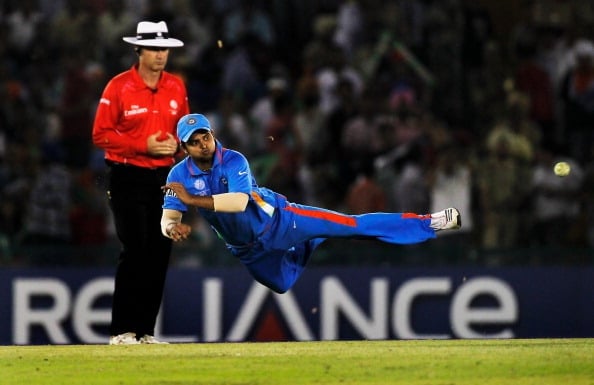
It is to be bought in light that the change has not only affected the viewership of the game, but filled the classic 50-over game and the vintage format with new hopes. Swashbuckling sixes, fielders latching onto the ball in test matches now have become a common sight, but a decade and a half in the past, such heroics were unheard of. Now we see players flying through and diving around to save runs, batsman like Gayle dismissing the ball from his presence more often than ever; just like he would do any other day in a T20 match.
PITCHES
Pitches also need to be looked upon, since the rules and nature of the game is heavily inclined towards the batsman, pitches play a vital role in maintaining the balance between bat and ball. Crowds pour in not only to watch sixes and fours, but some quality cricket where the ball makes the bat work hard to get the runs. Look at the pitches in Asia Cup 2016, the pitches had a green lush top which was perfect for an ideal test match. But with, each side getting only 20 overs, to play the batsman don’t have time to analyse. The curators need to be mindful that the pitch doesn’t harass the bowlers or the batsman. It is cricket, it’s not ull fight where the bowler is holding red cloth, in this case white kookaburra ball, and asking the bull, here the batsman, to plunge every delivery out of the stand. Though undoubtedly, the quality of pitch in India has risen, owing to the increased number of domestic matches which are breeding tournaments for future stars, pitches for Sri Lanka series in India were not much celebrated. A green top, with firm soil which would up till 5 overs, and then start to scatter a bit, would be a good one considering the sub continent conditions. But then you never get the perfect pitch anywhere you go. Be a bowler or a batsman, you have to adapt to environment. Uneven bounces, pitches with lush green top or dead grass and brown pitches make the game one sided and kill the spirit of sportsmanship.
Essentially, the game has evolved leaps and bounds, you now see fielders flying like birds, bowlers putting in maximum effort to analyse the weakness of batsman and squaring them up and the batsman have developed skills to maximise on the smallest err committed by the bowler. But the fact is if you adhere to the basic guidelines you were taught in coaching schools you will not fail. Technique still remains a vital part of batting and bowling. If you’re bat isn’t coming down straight to play the ball, you will edge it. If you’re eyes do not follow the ball into the hands, it will pop out. You practise to the core in nets to get to the 150 km/h mark but if you don’t get you’re line and length correct you are bound to get hammered.


